Hyundai Tucson Vs Hyundai Santa Fe Comparison

The value-laden brand from Korea jumped on the SUV bandwagon nearly twenty years ago with the original Santa Fe. Priced thousands less than its main competition, it didn’t take long for the things to start cropping up along our roads like so much kudzu. Nowadays, Hyundai is armed with a fleet of SUVs and crossovers, two of which we’ll profile here.
In addition to the mainstream Santa Fe is the one-size-smaller Tucson. Originally intended as an entry-level ute into the brand, there are now two options in the Hyundai stable that are more diminutive than it. In fact, with a brace of littler and larger SUVs bookending the Tucson, it now represents Medium instead of Small in the Hyundai range.
And so the world turns. If you’re shopping these two vehicles, you’ll want to check out our comparison which starts right now.
Powertrains
Tucson: Starting with the latest Tucson generation (debuting for MY2022), both of these vehicles carry a similar engine lineup. The base unit in the Tucson and Santa Fe is Hyundai’s non-turbo 2.5-liter four-cylinder. Here it makes 187 horsepower and 178 lb-ft of torque. An eight-speed automatic is standard, with all-wheel drive optional.
A hybrid drivetrain is now available on the Tucson as well. Only available with AWD, it pairs a 1.6-liter turbocharged engine with an electric motor for a combined 226 hp and 258 lb-ft of torque. A plug-in hybrid, boasting slightly more power thanks to a larger electric motor and battery, will arrive later.
Get a Quote on a New Hyundai Tucson or Santa FeSanta Fe: As we mentioned above, the Santa Fe mostly mirrors the smaller Tucson’s engine lineup these days. That means the same 2.5-liter four-cylinder base engine, though outputs are up to 191 hp and 181 lb-ft of torque for the ‘Fe. It uses the same eight-speed automatic, and is available with either front- or all-wheel drive.
Buyers wanting to save fuel will gravitate towards the hybrid Santa Fe. It posts identical specs to the Tucson: 226 hp, 258 lb-ft, a six-speed automatic, and standard AWD. The plug-in hybrid option is also part of the Santa Fe lineup.
There is one other engine choice, available on the Limited trim and above: the 2.5-liter turbocharged four-cylinder. This adds 90 hp and 130 lb-ft to the Santa Fe’s arsenal, totalling 281 hp and 311 lb-ft. This muscular engine pairs to an eight-speed dual-clutch transmission.
SEE ALSO: 2021 Hyundai Santa Fe Hybrid Review: Happier as a HybridBottom Line: Now that they’re running the same basic engine lineups, there’s very little between the Santa Fe and Tucson. However, if you crave more power, only the ‘Fe offers the turbocharged 2.5-liter.
Fuel Economy
Tucson: Stick to the 2.5-liter and you’ll see 26 mpg city, 33 mpg highway, and 29 mpg combined with a front-drive Tucson. Checking the AWD box drops those numbers quite a bit, to 24/29/26 mpg respectively. Canadian L/100 km figures are 9.1/7.1/8.2 for front-drive Tucsons, and 9.9/8.0/9.0 for AWD.
Naturally the hybrid model goes much further on every drop of gas. The Blue trim level keeps things easy to follow: it’s 38 mpg on every measure. Picking the more feature-laden higher trims shaves a little off the top, to 37/36/37 mpg (6.3/6.6/6.4 L/100 km).
Santa Fe: The EPA rates the non-turbo 2.5-liter Santa Fe at 25 mpg city, 28 mpg highway, and 26 mpg combined. As expected, AWD drops the scores, to 22/25/24 mpg, respectively. (Canadian combos are 9.6/8.5/9.1 and 10.6/9.3/10.0 L/100 km.)
Even though it increases power by about 50 percent, the turbocharged engine has a minimal impact on fuel economy. The front-drive model manages 22/28/25 mpg, and the AWD model scores 21/28/24 mpg. AWD is the only option for the turbo model in Canada, where it scores 11.0 L/100 km, 8.5 L/100 km highway, and 9.9 L/100 km combined.
The hybrid story stays the same with the Santa Fe. An entry-level Blue will score 36 mpg city and 31 mpg highway, for a combined 34 mpg rating. Switching to the higher trims knocks the scores down to 33/30/32 mpg (7.1, 7.9, 7.4 L/100 km), respectively.
Bottom Line: If it’s access to the 30 emm-pee-gee club you seek, sample a front-drive Tucson. Volume models with power going to all four wheels are markedly similar in mileage measures, making one wonder if they’re better off trading up to Santa Fe for more space without much—if any—fuel economy penalty.
Cabin Space
Tucson: Headroom in the front row measures 40.1 inches, or 38.1 with the panoramic glass roof. Respective headroom measures are 39.5 and 39.0 inches. Legroom is an impressive 41.4 inches up front and just 0.1 inches less in the second row. Total passenger volume is measured at 108.2 cubic feet. The car’s width pays off, with its 57.6 inches of shoulder room. That space will certainly be felt when sitting two or three abreast.
Of note, the hybrid model sacrifices 0.3 inches of rear headroom to fit the under-seat battery gubbins.
Santa Fe: The Santa Fe offers more headroom up front than its little brother (41.2 inches), yet less out back (39.0 inches). Models with the sunroof drop those numbers to 39.5 and 37.8 inches, respectively. The bigger crossover has more legroom too: 44.1 inches of the stuff up front, and 41.7 inches in the back. It has an inch and a half of extra width, too. Total passenger volume is 111.5 cubic feet.
Bottom Line: A bigger car is a bigger car, with the Santa Fe handily beating the Tucson in about every measurable interior dimension. Even empty nesters will appreciate its extra three inches of legroom up front. Second row occupants may be less able to tell the difference between the two, with fractions of inches separating these two corporate cousins. Take your time when shopping and try them both.
Cargo Capacity and Towing
Tucson: With the rear seats up, a total of 38.7 cubic feet of cargo space is at the disposal of people who own a Hyundai Tucson. Flip the seats down and 80.3 cubic feet are revealed. Hybrid numbers are 38.8 and 74.5 cubes, respectively. Properly equipped, the Tucson can tow a maximum of 2,000 pounds.
Santa Fe: Despite being larger, the Santa Fe has the smaller storage hold. You’ll find 36.4 cubic feet behind the upright second row, and a total of 72.1 cubes when you fold it down. This stays the same for hybrid models, too. Naturally aspirated models can tow an even 2,000 lb, while those equipped with a turbo can haul 3,500 lb.
Bottom Line: Bigger isn’t always better. The Santa Fe trails its smaller sibling for storage space, simple as. It can tow nearly double the weight with the turbocharged engine, however, so take that into consideration.
Technology
Tucson: Standard equipment includes an 8.0-inch touchscreen with wireless Android Auto and Apple CarPlay capability. Sirius XM satellite radio shows up on the SEL upwards, where a Bose sound system and wireless charger are also optional. Same goes with a 10.25-inch digital instrument panel. The top trim includes all that as standard, and expands the central touchscreen to the same size as the instrument panel. Smart cruise control with stop and go tech shows up on the SEL upwards.
Santa Fe: Stop us if you’ve heard this before: standard equipment includes an 8.0-inch touchscreen with wireless Android Auto and Apple CarPlay capability. The infotainment experience between these two machines is broadly similar: a larger 10.25-inch screen is available in higher Santa Fe trims, too. There are extra perks for the bigger sibling, however: the ‘Fe offers an optional 12.3-inch digital instrument cluster, and a banging 12-speaker 12-speaker Harman Kardon audio system. Four USB ports pepper the cabin, and adaptive cruise control is standard even on the base trim.
Bottom Line: Hyundai makes the puzzling decision to not make satellite radio or push button start available on these base models, knocks against those trims in your author’s flinty eyes. The presence of Smart Cruise Control on the entry-level Santa Fe is pretty impressive, as are the array of safety and convenience features further up the model food chain.
Style
Tucson: The Tucson underwent a full makeover for 2022, emerging a wildly different-looking vehicle from its conservative predecessor. It’s a dramatic shape, with a lot of sharp angles. Easily the most unique feature is the clever headlight treatment, which blends the lighting units into the grille when not in use. It’s a welcome bit of style not generally found in the compact-SUV set.
Santa Fe: Hyundai has refreshed the Santa Fe, aligning it closer to big-brother Palisade. Narrow daytime lights rest high on the front fascia, with the actual headlamps stuffed into the bumper cheeks like a squirrel storing nuts for the winter. A T-shaped LED signature ties the two elements together. Those really wanting to pile on the lux should look at the new Calligraphy trim, which ratchets up the brightwork quotient.
Bottom Line: If you’re considering Santa Fe, make sure to get an SEL trim or better with the LED headlamps. They do much to jazz the vehicle’s lighting signatures and end up making full use of its interesting styling decisions. Santa Fe wears its corporate grille well.
Pricing
Tucson: Suggested retail of a front-drive Tucson SE is $26,135, including destination. This price undercuts a few of its competitors while still including a healthy amount of kit. All-wheel drive is a $1,400 option. The more powerful The most spendy version of the Tucson, an all-wheel drive 2.4L Ultimate, costs $35,885. Hybrid prices range from $30,235 to $38,535.
Santa Fe: Hyundai is smart when it comes to pricing these two rigs, allowing for some overlap in which a shrewd salesperson can argue for an upgrade. A front-wheel drive Santa Fe SE starts at $28,185 with all-wheel drive being a $1,700 option. Stepping up to the SEL is a mere $1,800 walk, one we recommend you take with haste given the extra equipment included as standard equipment on that model. The most expensive Santa Fe is a loaded out Limited at $43,435.
Bottom Line: At these prices, a Tucson SEL with the Convenience Package seems like the sweet spot, ringing the register at $30,285. That’s a lot of SUV, both in terms of size and features, for not a lot of coin.
In Conclusion
Everything considered—price, space, features, and the always subjective style—the Tucson wins this inter-showroom skirmish hands down. It barely gives up any space over its larger sibling, either for people or their things; it offers more of the latter, in fact. Unless you need to tow more weight, which would necessitate the 2.5-liter turbo in the Santa Fe, the Tucson looks like the winning combo here.

Living in rural Canada, Matthew has immersed himself in car culture for over 30 years and relishes the thought of a good road trip. A certified gearhead, he enjoys sharing his excitement about cars and is very pleased to contribute at AutoGuide. Matthew is a member of Automotive Journalists Association of Canada (AJAC).
More by Matthew Guy




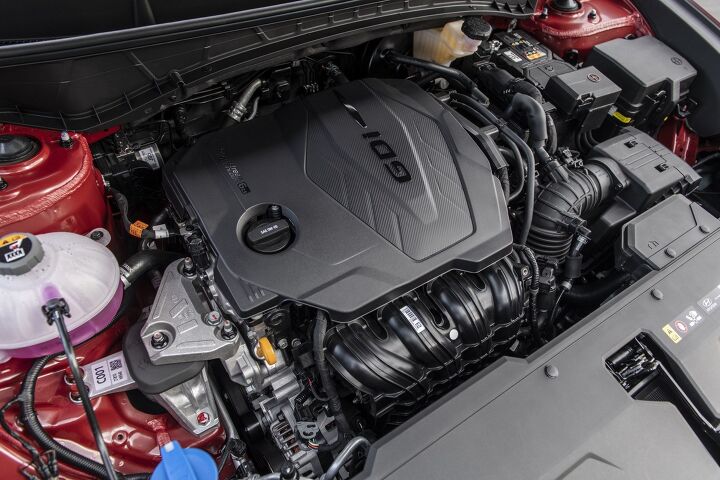



























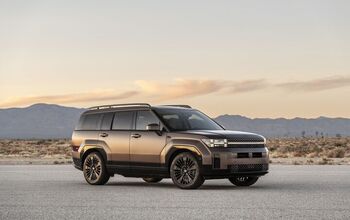
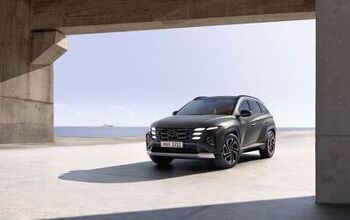


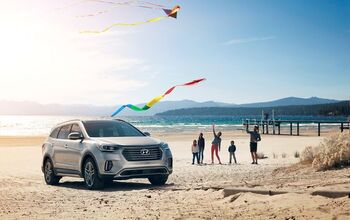


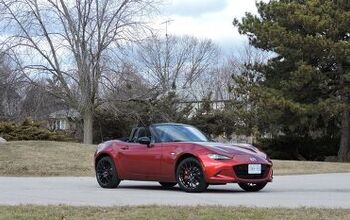
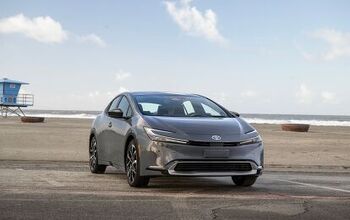

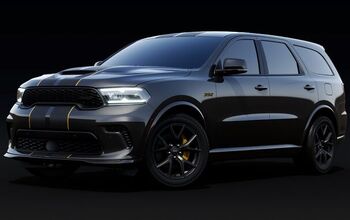

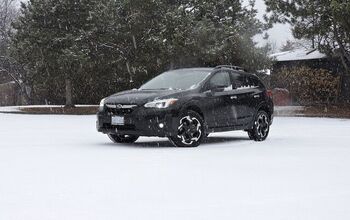

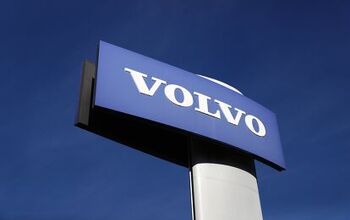
Comments
Join the conversation